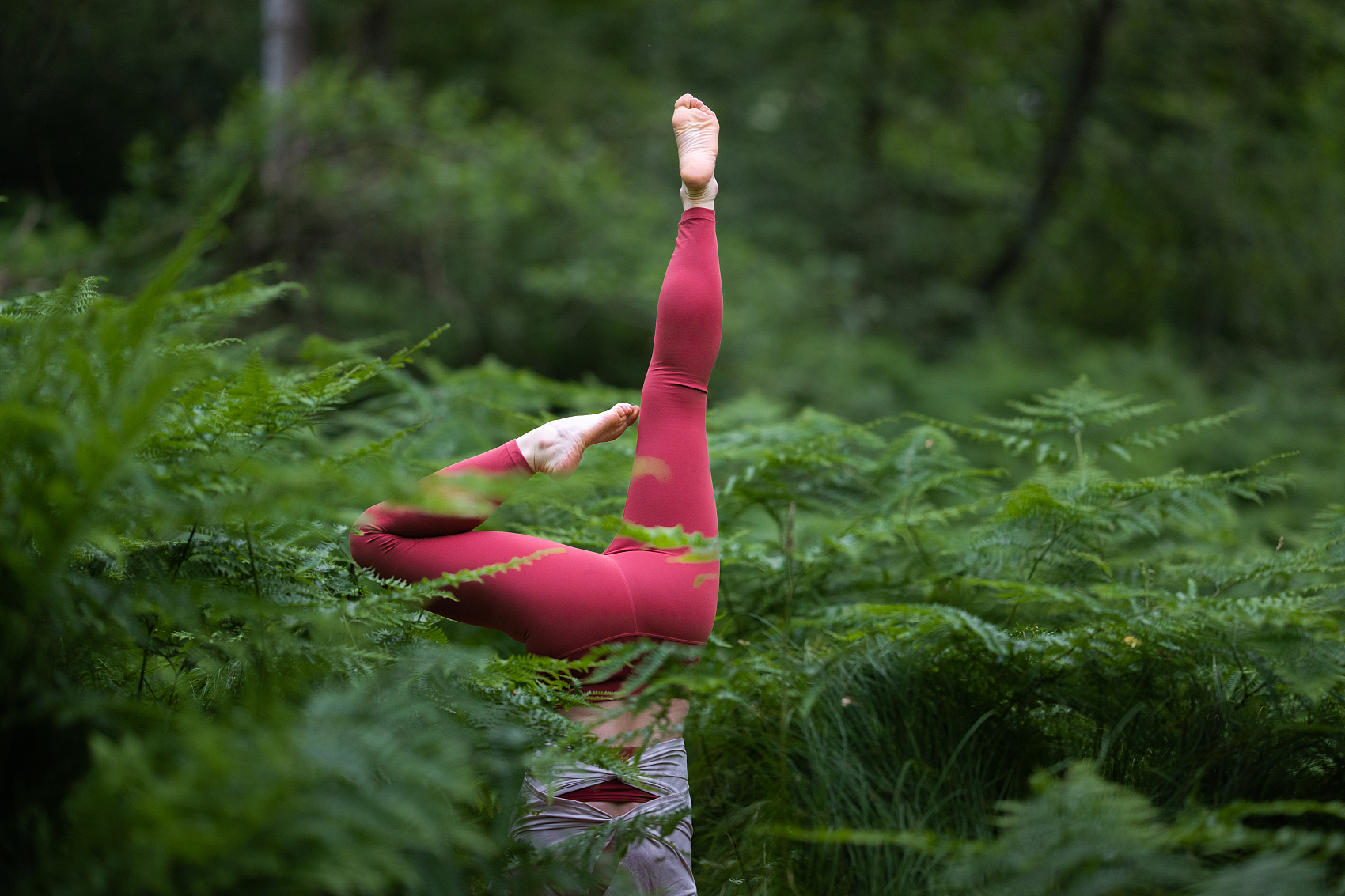Movement is key to staying healthy—it keeps us strong, flexible, and can be an excellent way to de-stress. But not all exercise is the same. In this post, we’ll dive into what mindful movement is and how to make it part of your routine.
What Is Mindful Movement?
Mindful movement is about being fully present as you move. It’s not just about going through the motions, but focusing on how your body feels, the way you breathe, and your surroundings. Whether it’s yoga, walking in nature, or just stretching, the goal is to be aware of your body and mind in the moment, without letting your thoughts drift away.
3 Benefits of Mindful Movement
- Reduces Stress
When you’re stressed, your body’s fight-or-flight response kicks in, raising your heart rate and muscle tension. Mindful movement can help counteract this by promoting relaxation. Research has shown it can reduce stress, pain, and improve sleep and overall well-being. - Improves Sleep & Relaxation
Mindful movement before bed can help you wind down and improve sleep quality. Taking a moment to focus on your body can relax your mind, making it easier to drift off. - Enhances Quality of Life
Studies suggest that mindful movement doesn’t just boost your physical health—it can also improve your mental and emotional well-being. For example, breast cancer survivors who practiced mindful movement reported a better quality of life.
Why Is Mindful Movement Important?
Mindful movement is great for both body and mind. It helps you stay engaged in physical activity while also paying attention to your form, which can prevent injuries. When you focus on your breath and body, it’s easier to block out stress and anxiety, bringing a sense of calm to your mind.
How to Add Mindful Movement to Your Routine
Here are a few ways to get started:
- Take Walks Outside
Go for a walk and immerse yourself in the sights, sounds, and smells of nature. If your mind wanders, gently bring it back to the present moment. - Try Yoga
Yoga is a classic mindful movement practice. Whether you’re at home or in a studio, focus on your breath and movements during each pose. - Explore Qigong
Qigong is a Chinese practice that combines slow movements with deep breathing to enhance balance, flexibility, and strength. Check out online classes or videos to get started. - Give Tai Chi a Try
Tai Chi is another Chinese martial art that emphasizes controlled breathing and movement. Some styles are slower, others faster, but they all focus on being present as you flow from one posture to the next. - Mindful Swimming
If you love the water, try mindful swimming. Focus on your technique and breath as you swim at a steady pace, paying attention to how the water moves over your body. - Lift Weights Mindfully
Mindful weight lifting involves focusing on your form and slow, controlled movements. For example, holding a bicep curl for a few seconds before lowering the weight can be more effective than rushing through reps.
Final Thoughts
Mindful movement isn’t just about exercise—it’s about connecting with your body and mind in a deeper way. By being present and focused, you can reduce stress, improve your physical health, and cultivate a greater sense of well-being. Whether you’re practicing yoga or taking a walk, mindful movement can help you listen to your body and make healthier choices for both mind and body.








